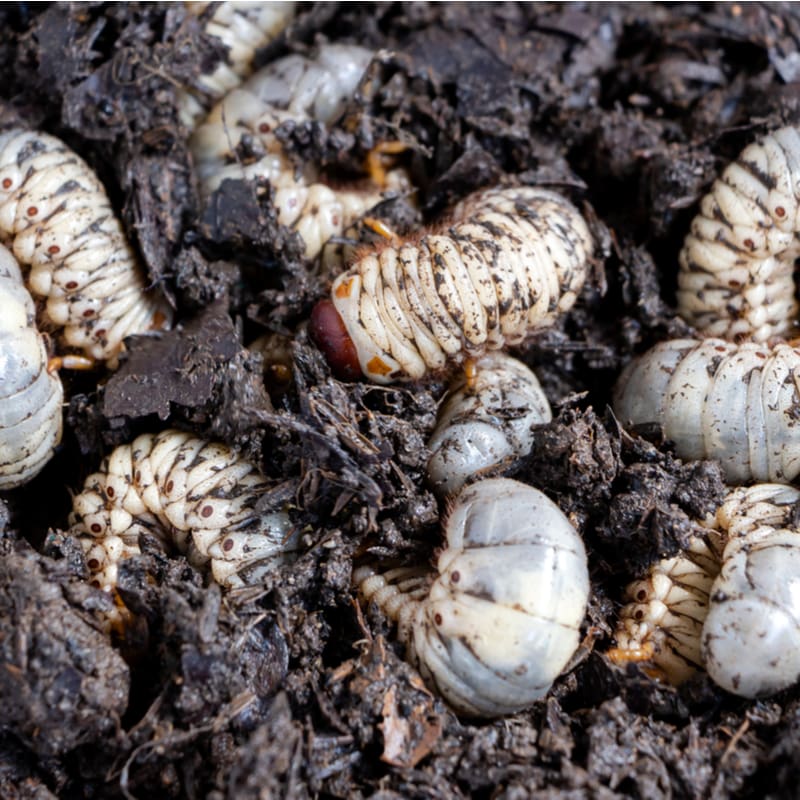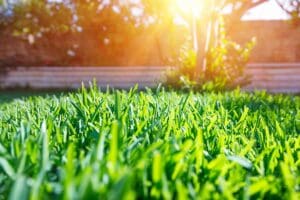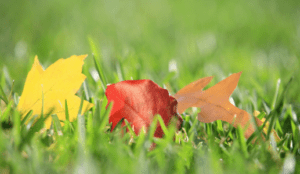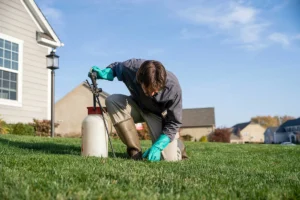It’s summertime here in Michigan, and that means sunshine, boating, time spent on our beautiful lakes, and outdoor barbeques. This year more than ever, people will be staying home and enjoying their backyards. Why allow pests or insects to destroy the lawn you’ve worked so hard to obtain these last few weeks? One insect that tends to wreak havoc on our Michigan lawns is the nefarious grub.
A Threat to Michigan Lawns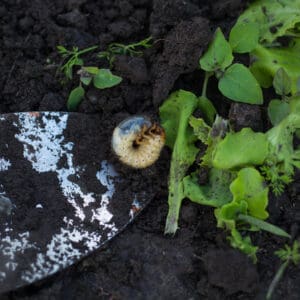
Grubs are by far one of the biggest threats to Michigan lawns. These tiny beetle larvae have giant-sized appetites, and your grass is their favorite meal. In technical terms, grubs are the larvae of scarab beetles. Adult grubs seek out cozy spots in your turf to lay their eggs and bury them right underneath the surface. This makes them hard to spot. The eggs take anywhere from six to 50 days to hatch and move onto the next step of larvae. Once they hatch, they begin to feed on your lawn’s roots devouring everything in sight. Even the healthiest and robust greens can fall prone to the devastating damage grubs can cause.
How Do I Know if I Have a Grub Problem?
The first sign of a grub problem is when your grass begins to die, leaving brown patches and wilting grass in random spots throughout your lawn. Secondly, if your grass feels unusually soft while you walk on it, almost sponge-like, this is typically a sign of a grub infestation. Another sign is damage done by moles, raccoons, skunks, and other medium-sized animals through the tearing up of your lawn. This is because moles and other animals consider grubs a gourmet meal, and they will stop at nothing to obtain this fancy feast.
Grubs are tiny and bury inside your soil, making them hard to find. The best way to determine if you have a grub problem is to call in the professionals at Top Lawn or use a shovel 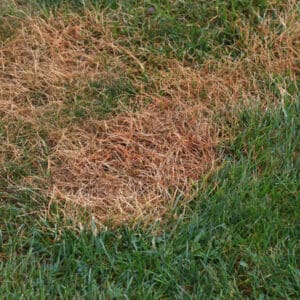 and dig up a section of your lawn where you suspect the varmints live. Make sure to check a few spots. If grubs are there, you should spot them. Another way to look for these pesky lawn destroyers is by tugging on a soft, spongy area of your grass. If it pulls up like a piece of carpet, you most likely have a grub problem.
and dig up a section of your lawn where you suspect the varmints live. Make sure to check a few spots. If grubs are there, you should spot them. Another way to look for these pesky lawn destroyers is by tugging on a soft, spongy area of your grass. If it pulls up like a piece of carpet, you most likely have a grub problem.
Grub Prevention
Preventing grubs is not always easy. Grubs are always searching for their next lawn. However, a healthy and robust lawn will be better able to fight off a grub infestation should one occur. The best way to prevent a grub problem is through year-round care and a fertilization program such as the one we offer at Top Lawn. Our grub control treatment is included as part of our lawn care fertilization program. Careful planning in the cycle with the seasons, combined with our solid lawn treatment program, will ensure your lawn is healthy enough to withstand a few grub munchers.
Grub Control
Contact us now to learn more about our lawn fertilization service or how to prevent and/or treat a current grub problem. Get more intimate with Top Lawn by following us on Facebook or Twitter. We love it when you share pictures with us.
Interested in organic lawn care? We also offer a program that provides the same high-quality service with limited or no use of synthetic products. Call us at 248-956-6022 to learn more now.

